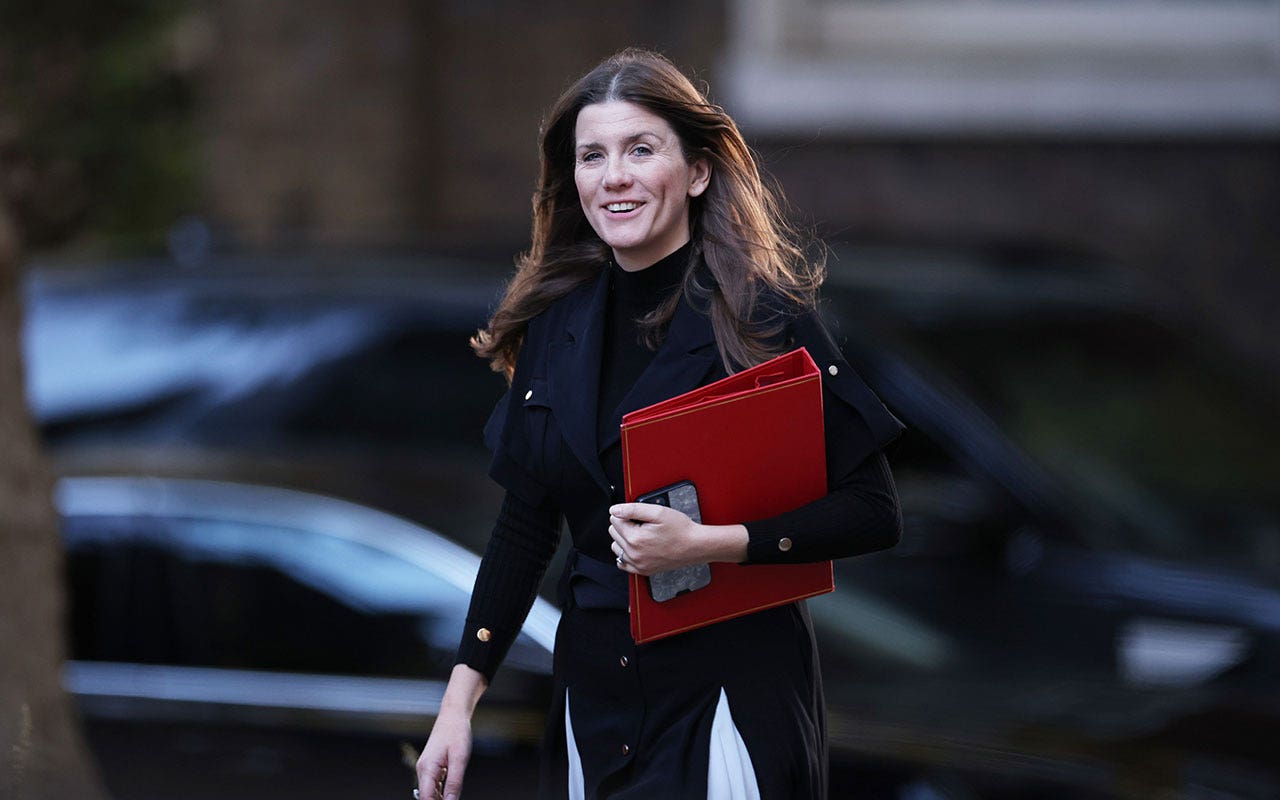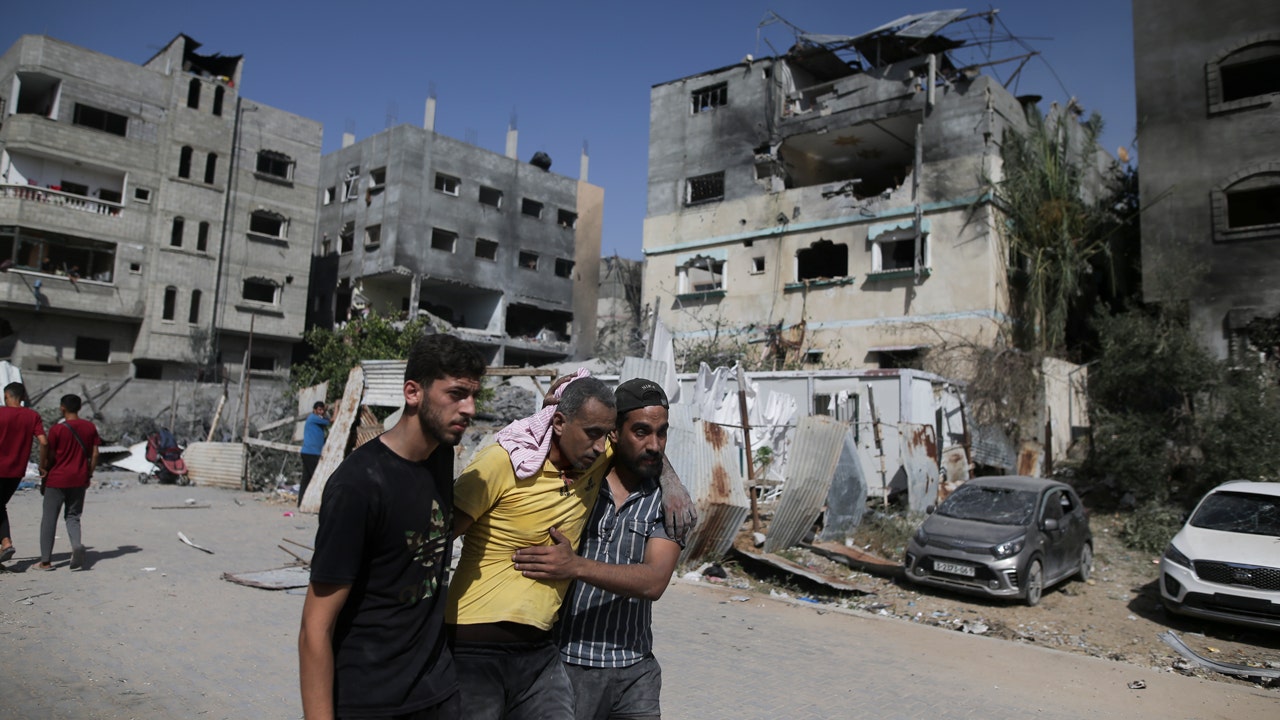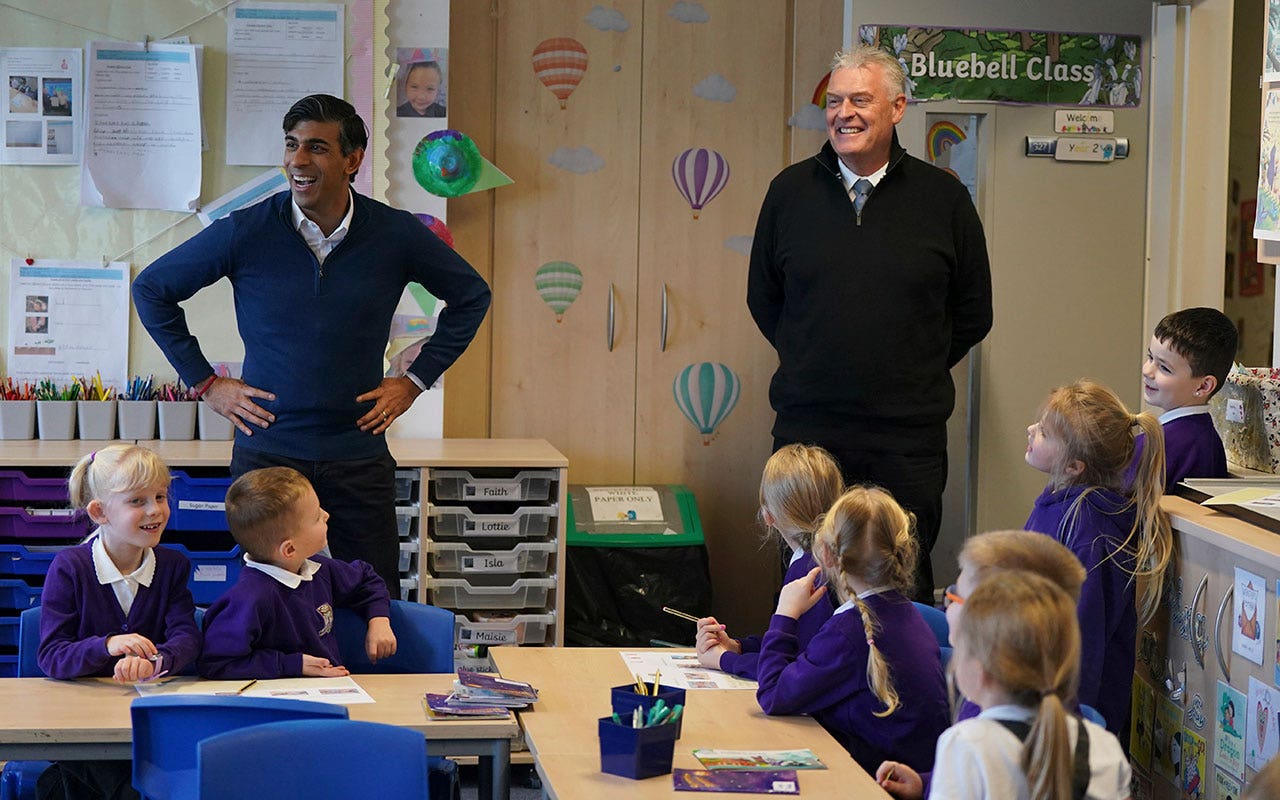Israelis on Sunday marked nine months since the devastating Hamas-led attack of Oct. 7 and the start of the ensuing war in Gaza with a nationwide day of anti-government protests at a time that many here view as a pivotal juncture in the conflict.
Primarily calling for a cease-fire deal with Hamas that would see hostages return from captivity and for new elections in Israel, protesters brought morning traffic to a standstill at several major intersections in cities and on highways across the country. By lunchtime, much of central Tel Aviv was blocked in one of the biggest protests in months.
Some progress has been made in recent days for a resumption of negotiations toward a tentative deal after weeks of an impasse, even as the fighting continues in Gaza, where an Israeli strike hit in the area of a U.N. school on Saturday, and across Israel’s northern border with Lebanon.
But many Israelis, among them the families of some of the hostages, fear that the cease-fire efforts could be torpedoed not only by Hamas, but also by Prime Minister Benjamin Netanyahu of Israel who, they say, might prioritize the survival of his government over a deal that could topple it.
The leaders of two ultranationalist parties who are key elements of Mr. Netanyahu’s coalition have threatened to bring the government down if the prime minister agrees to a deal before Hamas is fully destroyed — a goal that many officials and experts consider unattainable.
The far-right parties in the governing coalition “don’t want a deal,” said Shikma Bressler, a protest leader, in a social media post early Sunday, adding, “They need Armageddon.”
“And Bibi?” Ms. Bressler added, referring to Mr. Netanyahu by his nickname, “he needs war so there won’t be elections.”
Israeli aircraft on Saturday struck in the area of a United Nations school in Nuseirat, in central Gaza, where the Israeli military said Palestinian militants had been operating out of a number of structures. At least 16 people were killed and dozens wounded in the strike, according to the Gaza health ministry, which does not distinguish between civilians and combatants. More than 37,000 Palestinians have been killed so far in Gaza, according to local health officials.
The school had become a shelter for displaced people seeking safety, the ministry added. Hamas, in a statement, called the strike a “massacre.” The Israeli military said it had taken measures to avoid civilian casualties in the strike and blamed Hamas for operating from areas crowded with Gazan civilians.
On Sunday, the Israeli military said it was continuing its operations in Rafah, the southernmost city in Gaza, and in Shejaiya, an area east of Gaza City, in the north. The air force also carried out a strike against the municipality building in Khan Younis, a large southern city from which Israeli ground forces withdrew in April.
Hamas was using the building, the military said, for military activities. Before the strike, the military said, the civilian population was evacuated from the area.
Israel’s northern border also remained volatile on Sunday, a day after Israeli aircraft carried out a deadly strike against an operative of the Lebanese Hezbollah organization in the area of Baalbek, deep inside Lebanese territory, about 40 miles northeast of Beirut.
Israel identified the target as Meitham Mustafa Altaar, describing him as a key operative in Hezbollah’s Aerial Defense Unit who had taken part in several attacks against Israel.
On Sunday, a barrage of about 20 rockets was fired from Lebanon into Israel, reaching deeper than most of the previous salvos in months of tit-for-tat cross-border clashes. One man was seriously injured by shrapnel, according to the Israeli emergency services.
At a protest calling for the release of the hostages in Tel Aviv on Saturday night, a weekly occurrence, Einav Zangauker, whose son Matan is being held hostage in Gaza, said of the renewed talks for a cease-fire, “For the first time in many months, we feel hope.”
But she added, “Netanyahu, we’ve seen how time and again you’ve torpedoed deals at the moment of truth. Our heart was shattered each time. Don’t dare break our heart again! It is your duty to return all of the citizens you forsook.”
Many Israelis are enraged over Mr. Netanyahu’s refusal so far to take any personal responsibility for the Israeli intelligence and policy failures leading up to the Oct. 7 terrorist assault, in which 1,200 people were killed, according to the Israeli authorities, and about 250 more were taken into Gaza. Of the 120 hostages remaining in Gaza, at least a third are presumed dead, officials say.
The protests on Sunday, which the organizers called a national “Day of Disturbance,” began at 6.29 a.m. — the time the Hamas-led attack began on Oct. 7 — with “wake-up calls” outside the homes of several lawmakers and ministers, including the minister of defense, Yoav Gallant.
Several tech companies announced that they would allow their staff time off to participate in the protests, which were expected to culminate in large rallies in Tel Aviv and Jerusalem later in the day. Sunday is a workday for most Israelis.
Despite recent progress in indirect contacts between Israel and Hamas, via U.S. and Arab mediators, sticking points remain, and a cease-fire deal is not considered imminent.
The talks are based on a three-stage framework first publicized by President Biden in late May and later endorsed by the United Nations Security Council.
Both sides agree on the broad outlines of a deal that would include an initial six-week cease-fire and the release of the most vulnerable civilian hostages in exchange for Palestinian prisoners. But Hamas is seeking assurances that Israel won’t restart the war after some hostages come home. Israel says it needs the option of resuming hostilities and will not effectively commit to a permanent cease-fire from the outset.
Gabby Sobelman and Myra Noveck contributed reporting.






